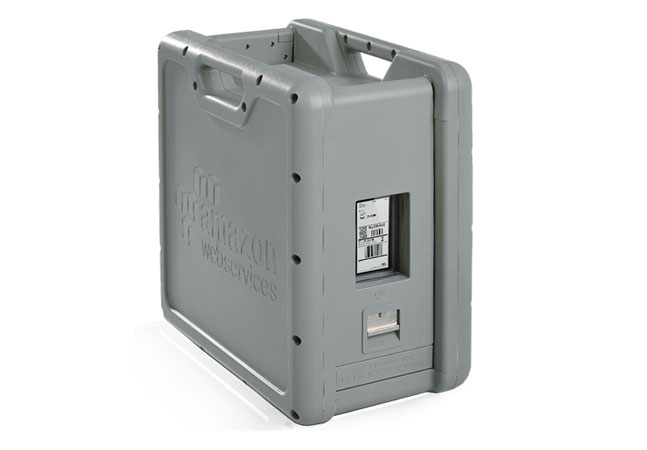
Logging in to a Linux instance is significantly different from logging in to a Windows instance. Brien walks you through the steps using the PuTTY utility.

Amazon Web Services allows admins to create logical groupings of AWS resources, and manage them using tags and tag values. Here's how to get started.

The AWS cloud is more than a platform for hosting VM instances, allocating cloud storage and other IaaS-related tasks. As Brien shows, it can also be used as a platform for hosting Web applications.

Backing up virtual machines in the public cloud has always been a challenge. One of the methods that Amazon Web Services recommends for protecting EC2 instances is the creation of snapshots.

AWS WorkDocs isn't as powerful as competitors like Microsoft SharePoint, but it does offer organizations a way to host documents in the cloud and do basic collaboration. Brien shows how.

AWS offers a vast number of storage choices, but what if you just want to upload some documents to the cloud and share them to end users? A simple and inexpensive option is AWS WorkDocs. In the first installment of this series, Brien shows how to set up WorkDocs, including establishing the Active Directory environment.

The AWS cloud's flexibility is one of its biggest assets, but it also presents management challenges for companies with large deployments or multiple administrators. In such instances, AWS Config is an indispensable tool for getting a handle on cloud resources.

In general, public cloud vendors are well-suited to running large-scale workloads. But what about migrating them?

While Amazon SNS can be used as a text messaging engine, it also has less obvious uses that you can leverage in your own applications. Brien walks through a few of them.

You wouldn't let VMs running in your datacenter go unchecked. The same goes for VMs in the cloud. Brien shows how to use AWS' CloudWatch tool to ensure these instances perform as intended.

It's easy enough to create an auto-scaling group in AWS, but how exactly does AWS know when a workload needs to be scaled? As Brien demonstrates, the entire process is based on alarms.

One of the challenges of operating a workload at scale is ensuring that it uses the right number of instances. Fortunately, AWS has an auto scaler that can automatically run a workload on the optimal number of instances. Here's how to set it up.

In the world of physical servers, it's rare for a server to have only a single hard drive -- and yet, default AWS instances usually only contain a single virtual hard disk. Fortunately, there is a way to attach additional virtual hard disks to an AWS instance.

By default, AWS storage buckets are relatively permissive. While you can exert more control over them by implementing bucket policies, the catch is that AWS doesn't provide a point-and-click process for this.

AWS provides tools that let admins not only track down unexpected costs, but also prevent billing surprises -- like the unexpected charge that Brien found on his credit card recently -- from happening in the first place.

One of the primary storage structures in Amazon S3 is the bucket. When it comes to creating one, there are two important things to know.

Making on-premises Active Directory available to resources in the AWS cloud involves using the AD Connector option and a gateway VPN connection.

Rather than manually provision an Active Directory environment, you can use AWS' automated setup process.

One of the most effective ways to prevent sprawl is to keep track of who created each VM, when and why. In AWS, you can apply this information to each VM instance using tags.

The method for installing and preparing AWS CLI varies from one operating system to another. Here's how to deploy it for Windows.